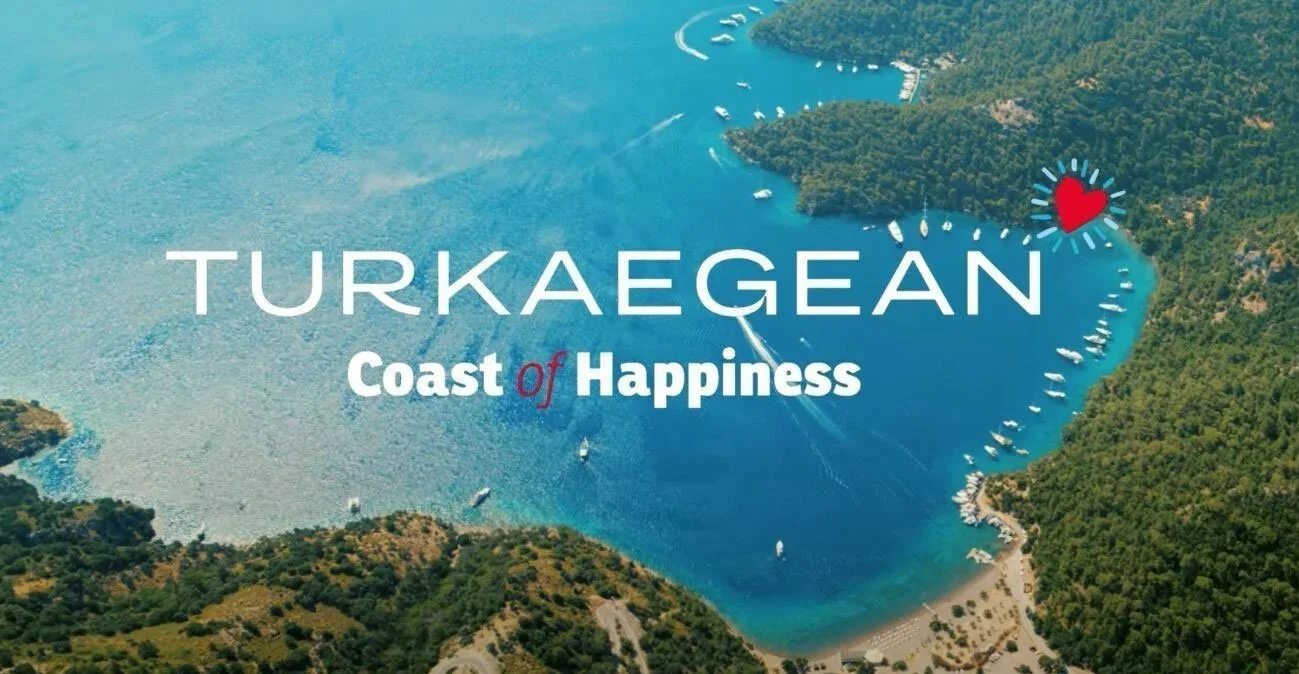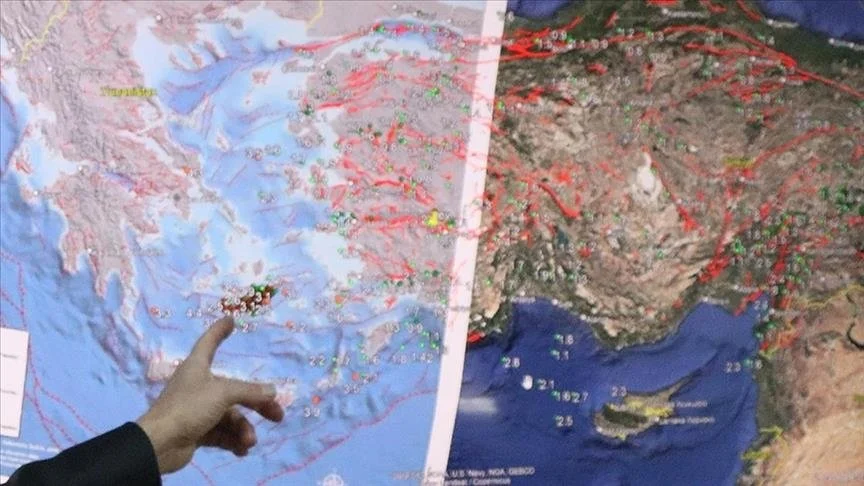The unknown "diamond" of the Aegean impresses with its natural beauty and minimal inhabitants.
Greece hides "diamond" destinations. The Aegean holds little surprises for us, destinations that we must visit at least once in our lives and that will impress us with their wild, natural beauty and few people. Far from the impressive but noisy islands of the Cyclades, such as Santorini, Mykonos, etc., lies Polyaigos. Polyaigos or Polivos is also known as Polynesia (many islands) in Greece.
The almost uninhabited island of the Cyclades is located 6.2 km east of Milos, 2 km southeast of Kimolos and 15 km southwest of Sifnos. Covering an area of 18,146 km², it has only two inhabitants according to the last census, which contrasts with the much smaller Donoussa, which has 65 permanent inhabitants. Polyaigos was not always sparsely populated, as in 1951 it had 14 inhabitants, while even earlier it was reported that 170 people lived there.
As the name suggests, Polyaigos was named after the "aiges", meaning the many goats that once lived on the island. Today, Polyaigos is included in the Natura 2000 program of the European Union, as it is considered an important habitat undisturbed by man. It is worth mentioning that on this island the Mediterranean seal gives birth to its young.
During your trip to Polyaigos you will be fascinated by the natural beauty of the island, as no one has interfered there and the blue water invites you to swim. In the northwestern part of the island are the ruins of the Monastery of the Assumption of the Virgin Mary, whose church was a basilica with a dome, founded in 1622. . Of course, you should not miss visiting the beaches of the island, such as Panagia and the beach of Faros, Pano and Kato Mersini, but also the Blue Waters.





















